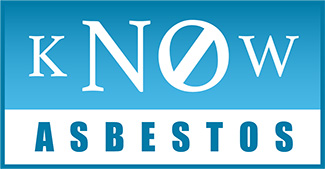About Asbestos
What is asbestos?
The Agency for Toxic Substances and Disease Registry (ATSDR) states, "Asbestos occurs naturally in certain types of rock. Large amounts of asbestos in rocks can look like long fibers, but each asbestos fiber is too small to see with the naked eye. Asbestos fibers do not dissolve in water or evaporate. They resist heat and fire and cannot be broken down easily by chemicals or bacteria. Certain areas of the country have natural deposits of asbestos near the ground surface."
The World Health Organization states "All types of asbestos cause lung cancer, mesothelioma, cancer of the larynx and ovary, and asbestosis (fibrosis of the lungs). Exposure to asbestos occurs through inhalation of fiber in air in the working environment, ambient air in the vicinity of point sources such as factories handling asbestos, or indoor air in housing and buildings containing friable (crumbly) asbestos materials."
The Environmental Protection Agency (EPA) tried to ban asbestos in 1989; however, the rule was overturned in a courtcase in 1991. Asbestos imports and use continue today.
What asbestos-containing products haven't been banned?
Asbestos is still present in many old materials and is still used in products such as automobile brakes and roofing materials. Asbestos may also be present in other commercial products, such as vermiculite (especially vermiculite from Libby, Montana) and talc.
According to the EPA, the manufacture, importation, processing and distribution in commerce of these products, as well as some others not listed, are not banned. The list below does not include every product that may contain asbestos, but these are the most common.
- Attic and wall insulation produced containing vermiculite
- Vinyl floor tiles and the backing on vinyl sheet flooring and adhesives
- Roofing and siding shingles
- Textured paint and patching compounds used on walls and ceilings
- Walls and floors around wood-burning stoves protected with asbestos paper, millboard, or cement sheets
- Hot water and steam pipes coated with asbestos material or covered with an asbestos blanket or tape
- Oil and coal furnaces and door gaskets with asbestos insulation
- Heat-resistant fabrics
- Automobile clutches and brakes



